If you have a smart TV that’s now old and sluggish, no longer receives updates, or has been replaced by a fancier one with better specs, and you’re thinking of dumping it, pause for a moment. You can give your aging smart TV a second life in all sorts of surprisingly useful ways.
8
Photo or Art Display
You can mount your old smart TV on a wall near a power outlet in the living room, bedroom, or hallway, and turn it into a dedicated photo or digital art display. Load a USB drive with your favorite images, plug it into the TV, and use its built-in slideshow feature to cycle through family photos, travel memories, or high-res artwork. If your TV comes with native art apps like DeviantArt, you’re golden, as it keeps the visuals fresh without you having to micromanage it.
For a more polished gallery look, adjust the screen’s brightness to blend with the room’s lighting, disable sleep timers, and hide the power and HDMI cables.
7
Secondary Monitor for Your Computer
If you’re looking to boost your productivity or want more screen real estate, that older television is perfect to repurpose as a secondary monitor for your computer. Most smart TVs have an HDMI port, so all you need to do is connect it to your computer with an HDMI cable (or a USB-C to HDMI adapter, depending on your setup), select the correct input on your TV, and configure your display settings in your operating system.
Doing this expands your workspace, letting you spread out applications, keep an eye on Slack, or stream videos or music on one screen while you work on the other. Of course, it’s not going to beat a fancy 4K monitor in refresh rate, color accuracy, and other important factors. But do you really need all that just to check emails or Slack? Probably not.
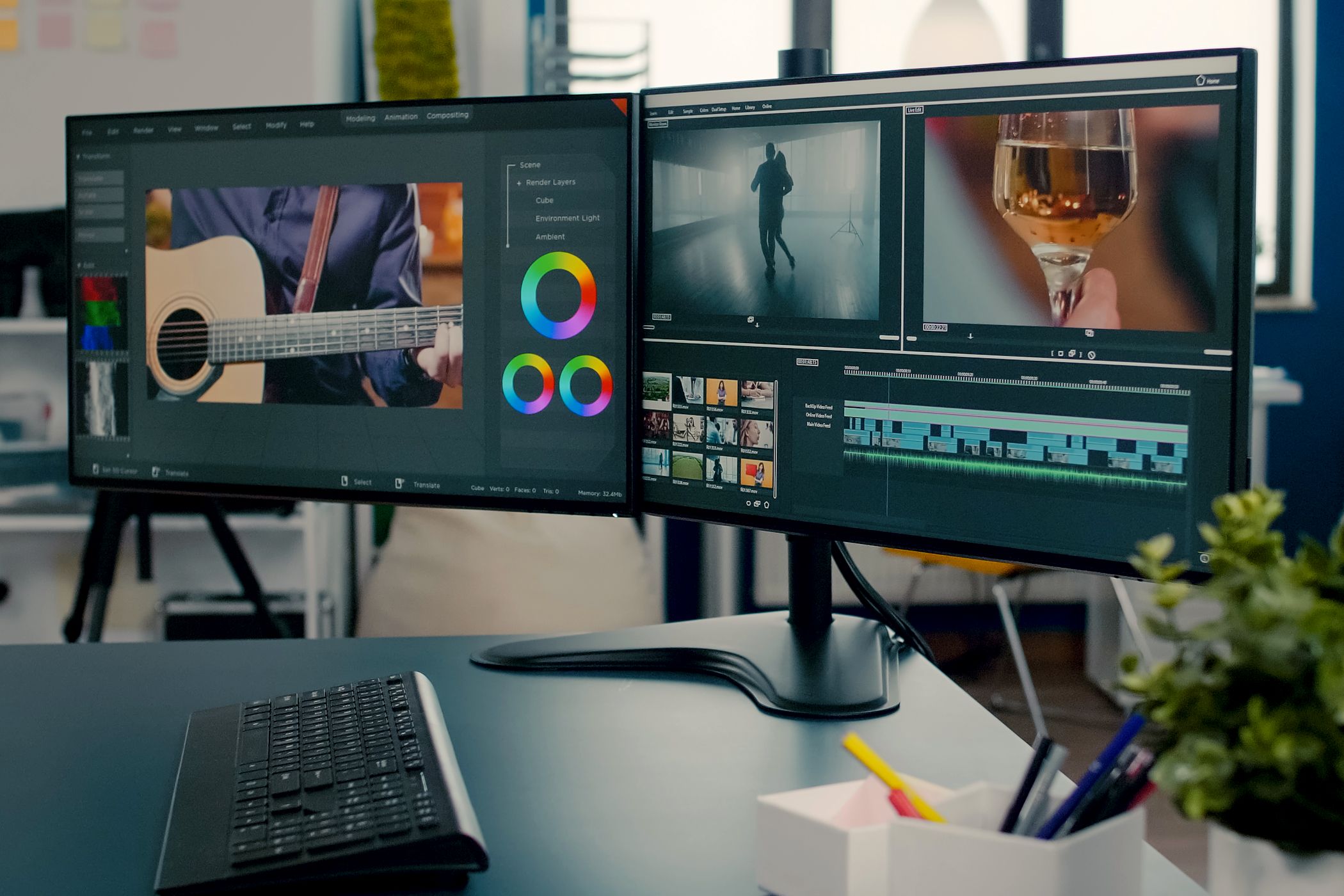
Related
Multitasking? How to Set Up Dual Monitors With HDMI
Dual monitors can increase your productivity and aid multitasking, and setting them up on any operating system is a cinch.
6
Security Camera Monitor
Your legacy smart TV can make an excellent dedicated monitor for your home security system. Many security cameras, such as those from Ring, Arlo, Wyze, or Nest, offer apps that are compatible with smart TVs, especially those running on Android TV, Fire TV, or Roku platforms. Download the corresponding app, log in, and stream your live camera feeds directly on the screen. Some setups might even allow you to view multiple feeds simultaneously, morphing your TV into a full-on surveillance cockpit.
If your TV doesn’t support native apps, you can still connect a compatible streaming device (like a Roku, Fire Stick, or Chromecast) and cast your camera feed from your phone or computer. Alternatively, if you’re using a DVR (Digital Video Recorder) or NVR (Network Video Recorder) system with HDMI output, just plug it straight into the TV. Mount it in a central location like your home office or near an entryway, and you’ll have a reliable, always-on monitor to keep an eye on your property without tying up your main screen.
5
Retro Gaming Hub
You can plug in a retro gaming console or build one yourself using a Raspberry Pi and emulators like RetroPie or Lakka, and turn your unused smart TV into a dedicated gaming station. With HDMI support, most smart TVs make great displays for classic games from retro consoles like the NES, SNES, Sega Genesis, PlayStation 1, and more. Pair it with a couple of controllers, and you have an instant nostalgia machine. You’re especially in luck if the smart TV you’re thinking of tossing is a Samsung model with a built-in Gaming Hub, which supports Xbox Game Pass and GeForce Now for cloud gaming. LG has also joined in the action and now supports Xbox Cloud Gaming as well.
Some Android smart TVs can even run retro game emulators like RetroArch directly through Android-based app stores or sideloaded APKs, though your mileage may vary on hardware performance. Either way, your aging panel should be able to chew through 16-bit graphics and soundtracks just fine to give you a fun, low-maintenance gaming setup. To keep things tidy, consider mounting the TV in a dedicated game room, garage, or spare bedroom and storing your controllers and games nearby for quick access.
4
Dedicated Video Conferencing Screen
You don’t have to keep squinting at a “tiny” laptop screen during video meetings when you have a retired smart TV lying around. With a simple HDMI connection to your laptop or desktop or using a streaming device like a Fire TV Stick, Chromecast, or Google TV Streamer, you can display Zoom, Teams, or Google Meet calls on a larger screen. Some Android-based smart TVs even support these apps natively, so you may not need any additional software.
If your TV doesn’t have an inbuilt camera, you can pair the setup with an external webcam and mic (or use your laptop’s hardware) for a smoother experience. This way, you can keep your notes, emails, or browser open on your primary screen while your video call runs full-screen on the TV.
That said, a bit of setup goes a long way. Mount the TV at eye level, either behind or beside your desk, for a more natural viewing angle during calls.
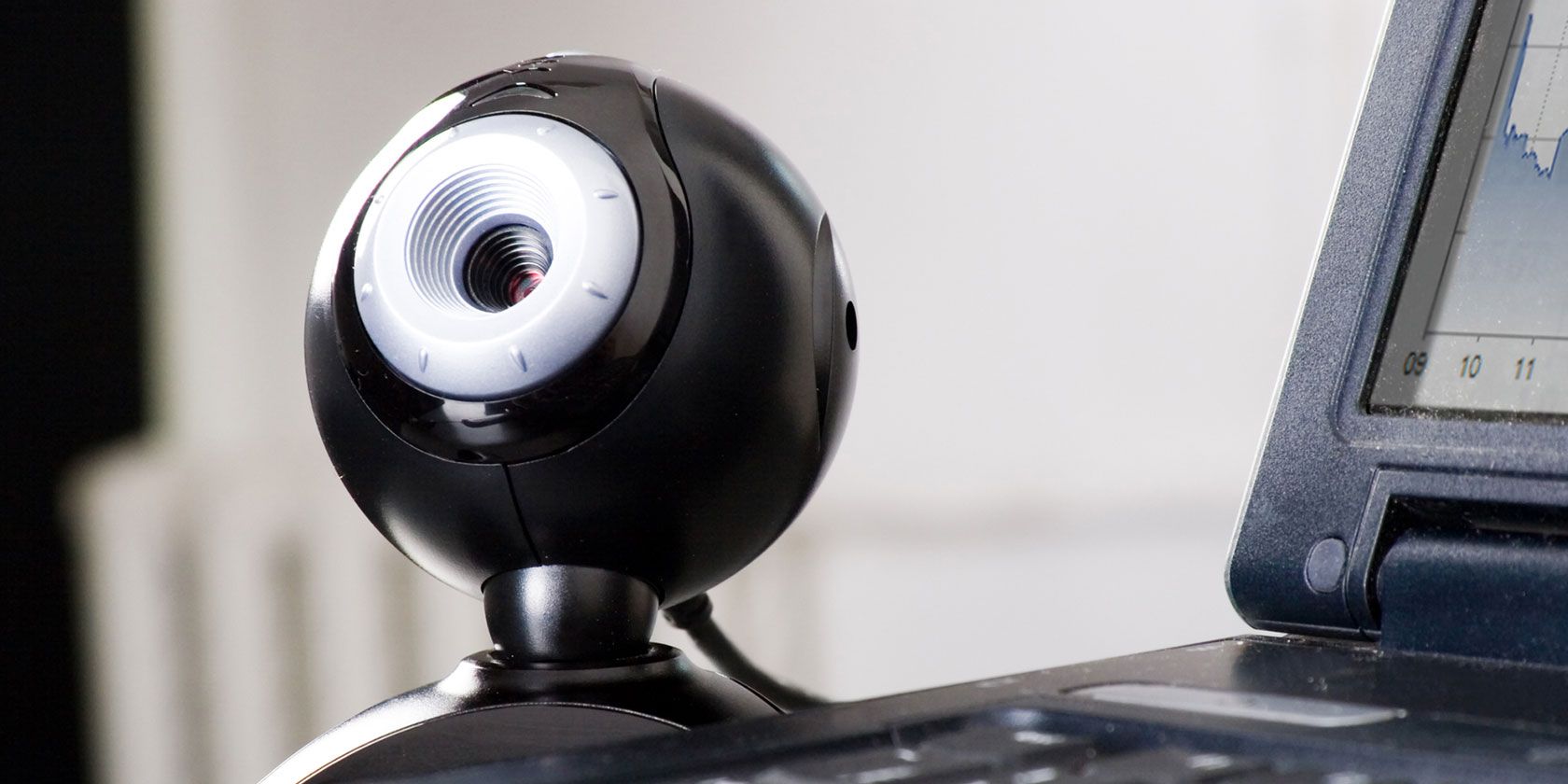
Related
How to Look Good on a Webcam When Video Chatting
Sick of your webcam chats and vlogs looking dull, untidy and lazy? Follow these tips to look good on a webcam.
3
Children’s Entertainment Station
Instead of having them gather around a tablet or constantly sharing your phone, you can dedicate your extra smart TV to your little ones as their very own entertainment hub. Set up the TV in a playroom, basement, or spare bedroom, where kids can sprawl out and watch their favorite shows, educational content, or play age-appropriate games without monopolizing the main family TV.
If the smart TV already comes with apps like YouTube Kids, Disney+, PBS Kids, and Netflix baked right in, you’ve got a head start in creating a safe, child-friendly screen for them. You can even tweak the settings to make it super kid-safe, like parental controls, app restrictions, the whole deal. And if your TV supports screen mirroring, it opens up even more possibilities. You can beam up drawing apps, storytime games, or other creative stuff right from a tablet.
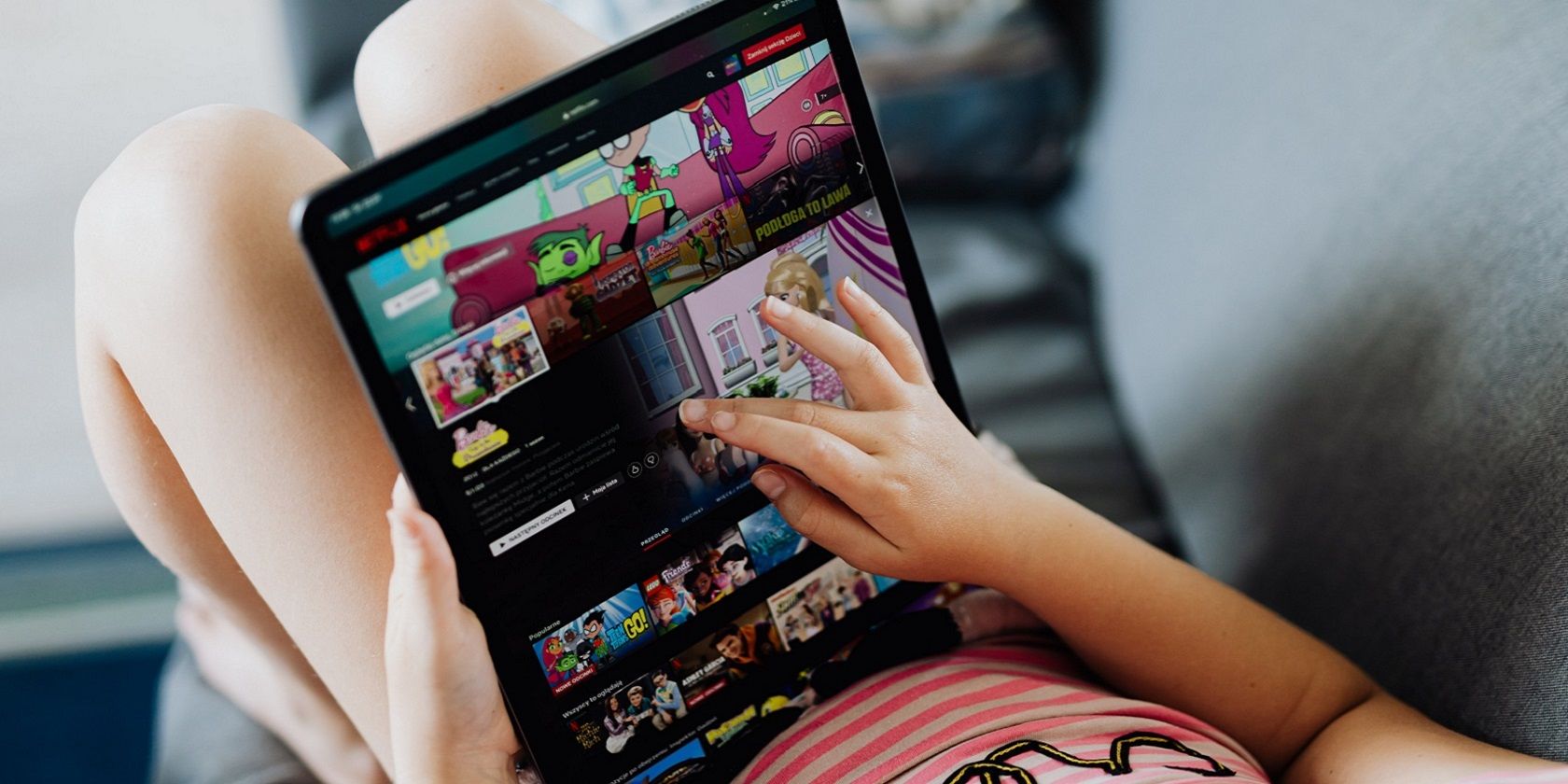
Related
The 10 Best Streaming Services for Kids
Looking to keep your children entertained and safe? These streaming services are perfect.
2
Create a Fish Tank Illusion
If you love the calming vibe of a fish tank but don’t want the hassle of cleaning or feeding anything, your old smart TV can simulate the experience perfectly. Head over to YouTube and search for “virtual aquarium,” or similar search term phrasings. You’ll find countless hours of stunning 4K footage featuring vibrant coral reefs and mesmerizing schools of fish like the one below.
You can also source high-quality aquarium videos from websites like Uscenes (admittedly, you’ll need to shell out some cash), which peddles gorgeous 4K and Full HD selections. Depending on your device’s capabilities, these videos can be downloaded to a USB drive or streamed directly to your TV. Once the video is on your TV, set it to loop so the fish swim continuously, creating a seamless, immersive experience.
If you want to really amp up the illusion, you can place the TV behind a frame or inside a cabinet with a transparent front, and add a few decorative pebbles, seashells, faux plants, or even LED lighting around the base. You will get a relaxing centerpiece that your guests will assume is real until they catch on that the fish are, shall I say, remarkably loyal to their designated swimming spots. And if you’re feeling a bit extra, you can even program your TV to switch on at specific times with a smart plug.
1
Harvest Parts for DIY Projects
Finally, if that old smart TV of yours is totally shot—like, no hope of resurrection—don’t just chuck it to the curb. Pop it open and see what treasures you can snag for your next DIY adventure. You’d be surprised (maybe not) how much good stuff is packed in there: speakers, LED backlights, IR sensors, Wi-Fi modules, power boards, tiny fans, and so much more, all ripe for repurposing. For example, you could reuse the speakers for a custom Bluetooth speaker project or use the LED strips for under-shelf lighting or a homemade photography light panel.
However, before diving in, consider safety first. Throw on some gloves, maybe some goggles, and discharge any capacitors as soon as you open up so you don’t get zapped. I would also advise that you keep a magnetic tray nearby so screws and tiny connectors don’t vanish into the void.
If you’re into microcontrollers like Arduino or Raspberry Pi, you can salvage these parts for experimenting without spending extra cash. Even the TV’s frame or stand can be reborn to mount a monitor, hold some gear, or whatever.
It’s wild fun to see how much use you can squeeze out of something that looks totally done for. Plus, you’re cutting down on e-waste while geeking out on electronics. That’s a win-win in my book.


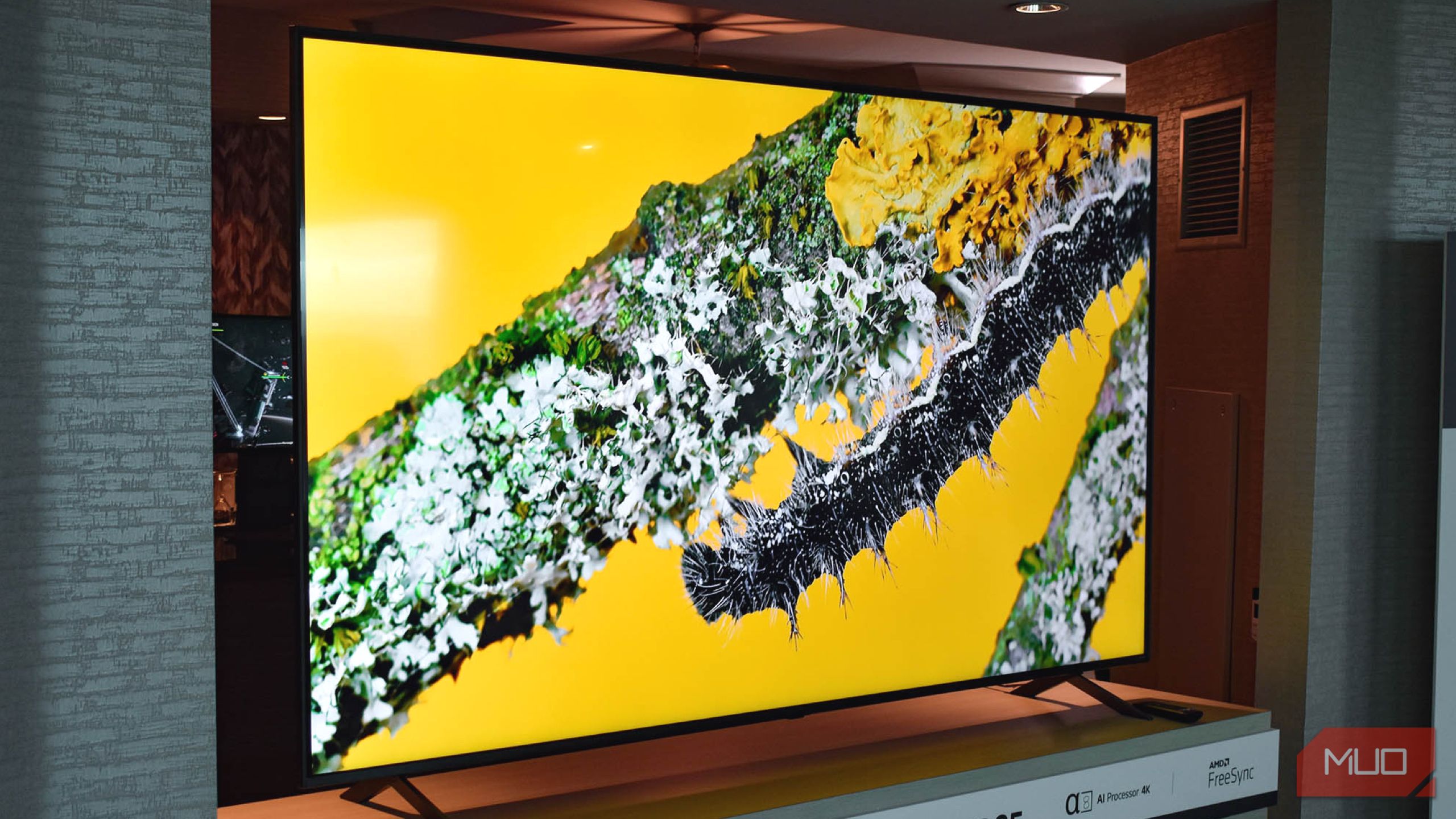
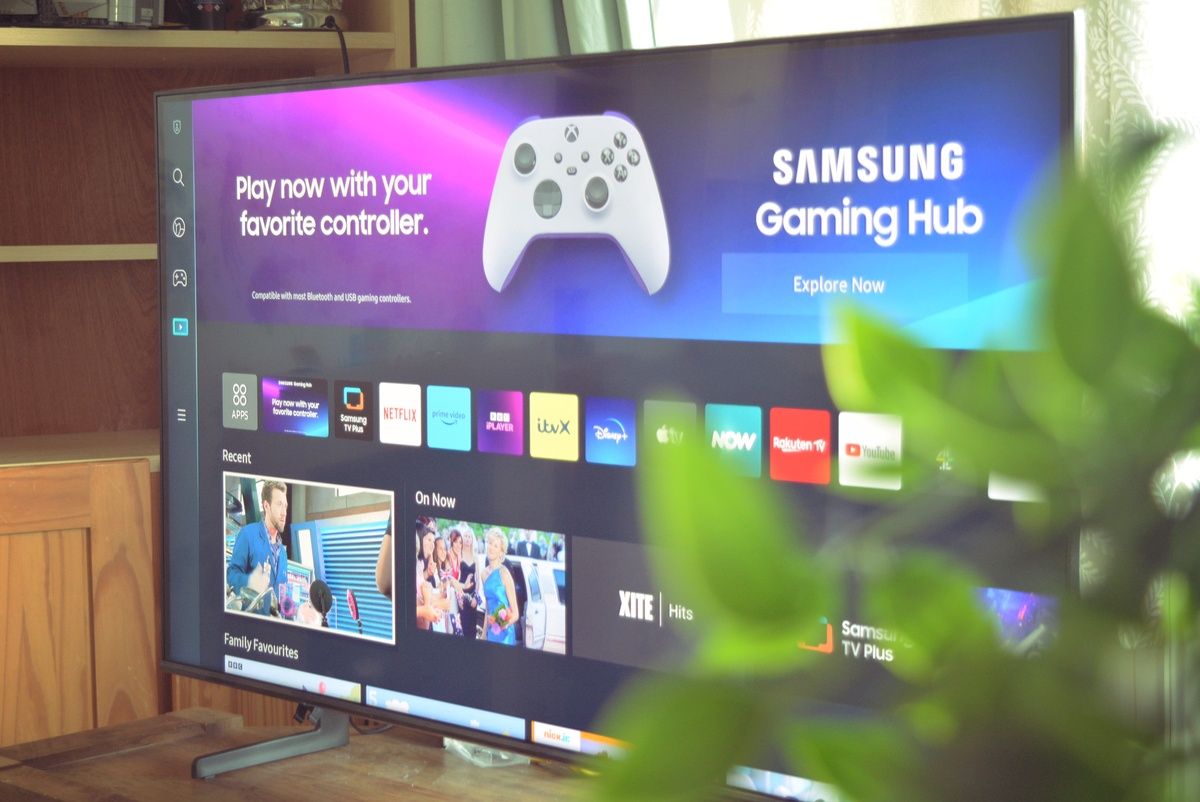







Leave a Comment
Your email address will not be published. Required fields are marked *